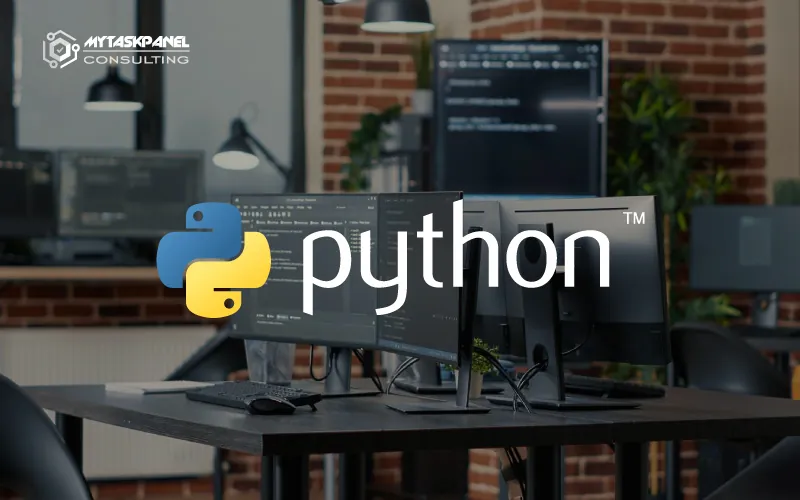Increasingly used for various projects, the Python programming language is a language that allows you to work quickly and integrate systems more efficiently. On this occasion, we talk about this dynamic and multiplatform language: Python and its use cases.
What is Python and what is it for?
Python is a high-level programming language, which is used to develop applications of all kinds. Unlike other languages such as Java or .NET, it is an interpreted language; that is to say, it is not necessary to compile it to run the applications developed in Python, but rather they are executed by the computer using a program called interpreter, so it is not necessary to “translate” it into machine language.
In addition, it is an open source cross-platform language and, therefore, free. It is often used to develop websites and software, automate tasks, and perform data analysis. Python is a general purpose language; this means that it can be used to create a wide variety of different programs and is not specialized to solve any particular problem. This versatility, added to the ease of use for those who are starting out in the field, has made it one of the most popular programming languages today.
Some benefits of the Python programming language
- It has a basic syntax similar to that of English.
- It allows you to use fewer lines of code compared to many other languages.
- It has a great standard library that contains reusable code for almost any task.
- It can be used with other popular programming languages such as Java, C, and C++.
- It has an important active community of developers around the world.
- It has many useful resources available on the Internet to learn it.
- It can be ported across different operating systems such as Windows, macOS, Linux, and Unix.
When to choose Python
- In Data Science and Machine Learning projects. The best libraries to work with data and AI (artificial intelligence) are in Python and the community is huge.
- For RAD (rapid application development) web applications when you need to get to the market fast. It has excellent frameworks, such as Django, Flask, FastApi and others. For this reason and many others, it is frequently used in startups.
- In APIs or different types of web services.
- For Scrapping projects. It has appropriate, solid and complete libraries for these cases and even frameworks like Scrapy.
- In desktop applications. Most of Linux apps are made with Python.
- For Networking.
- For automation of tasks and processes.
When to avoid the Python programming language
- For mobile applications. Although it has libraries for this, it is not very used at the moment. It should also be added that there are projects that are porting cPython (the main Python implementation) to Android, such as the BeeWare project.
- To develop on Windows. Although it does not have the best support, an improvement is expected thanks to the incorporation of Guido Van Rossum, the creator of Python, into Microsoft.
Django: the best known Python framework
Django is a high-level web framework that enables rapid development of secure and maintainable websites. It is written in Python and has a very large community, which is constantly growing.
It is free and open source, has great documentation, and many free and paid support options. If you’re a startup and want to finish the project soon, or just want to cut costs, with Django you can build a good app in no time.
Also, Django is very scalable. You can achieve a huge and modular application that works fast and is stable.
To summarize our post on the Python programming language, we want to highlight its dynamism and the various and most complete libraries it has. We remind you that at MyTaskPanel Consulting you can find qualified professionals in this technology.










